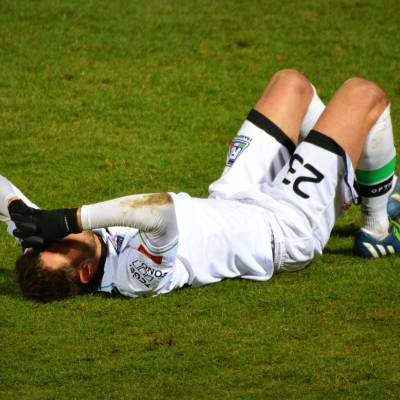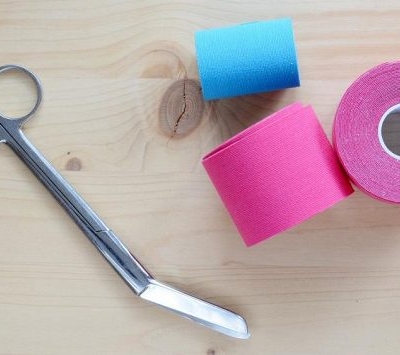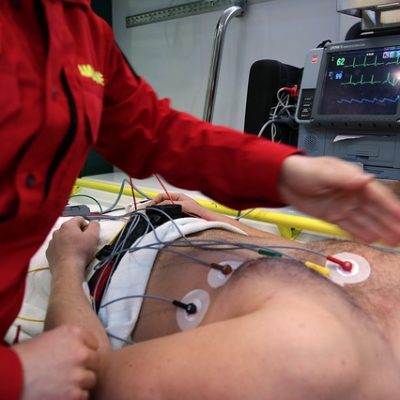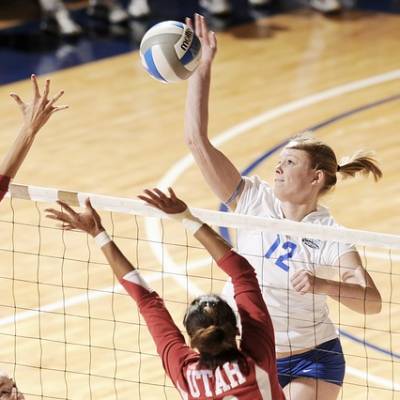Poúrazová fyzioterapie
Nečekejte dlouhé objednací lhůty. Včasná fyzioterapie po úrazu je klíčová pro znovuobnovení správné funkce tkání.
Co se děje v těle po úrazu?
Po úrazu se v těle či postižené části těla začnou odehrávat změny, které mají za cíl ochránit či zafixovat dané místo a tkáň začít spravovat. Tkáně se hojí zánětem. Imunitní buňky směřují do místa poškození a pracují na jejím hojení. S tím se ale také začne vytvářet otok. Tím se místo znehybní. Protože se toho v tkáních děje mnohem více než obvykle, vzniká i hodně odpadních látek, které ale nestíhají být všechny odplavovány lymfatickým systémem a tak se v tkáni hromadí. V tkáni se zvětšuje otok a tlak a to zase ztěžuje její prokrvení a dobré léčení. Jsme tedy v bludném kruhu. Pokud se ten dobrým zásahem nepřetne, začne otok houstnout, tuhnout, zvyšuje se v něm zastoupení vaziva a stává se z něj otok chronický. Ten dále omezuje jednak hojení, ale také dobré fungování poškozeného místa. Otok tlačí na receptory v tkáni a ty hlásí mozku, že daná oblast není v pořádku, že jí je potřeba na čas vyřadit z funkce. Mozek tedy přestane posílat do místa/končetiny vzruchy a tím pádem svaly začnou atrofovat. Končetinu ale stejně používat potřebujeme, ovšem s tím rozdílem, že nyní je špatně svalově zajištěná, tedy dochází k dalšímu opotřebení. A máme tu další bludný kruh.


V čem tedy může fyzioterapie po úrazu pomoci?
Akutní fáze:
V první fázi pomůže hlavně zlepšit podmínky pro hojení tkáně a zabrání atrofii tkáně. V této fázi se musí pracovat velmi jemně a spíše v okolí poškození. Uvolní se kůže a podkoží, uvolní a zmobilizuje se akrum – koncová část končetiny (např.po výronu kotníku se pracuje s nártem a prsty). Končetina se reflexně zaktivuje, čímž se podpoří prokrvení, urychlí lymfatická i cévní drenáž, nastimulují pohybové receptory, zaktivují svaly. Pokud není poškozena kůže, je možné aplikovat kineziotejping, který i po terapii na místě stále pracuje – zlepšuje lymfatickou drenáž i pohyblivost.
Po takové terapii se zpravidla výrazně zmenší otok, postižené místo je volnější a méně bolestivé. Hojení a možnost postiženou končetinu používat se výrazně zlepší.
Chronická fáze:
V této fázi nám jde hlavně o to zabránit sekundárním změnám – vytvoření tuhého otoku a atrofii. V této fázi bývá postižená končetina oteklá, mramorovaná či zbarvená do fialova. Tento otok bývá spíše chladný, po zatížení zteplá. Svaly jsou viditelně oslabené a mají menší objem v porovnání s druhou stranou. Protože z místa vychází do mozku informace, že místo není v pořádku, mozek ho již vyřadil ze svého schématu. Člověk začne nevědomě končetinu odlehčovat a šetřit. Tím se ale zase zhoršuje atrofie. Nepříznivé je, že se začne rozvíjet svalová nerovnováha a to v tom smyslu, že určité svaly přebírají všechnu práci a jiné přestávají pracovat úplně. To vede k tomu, že klouby nejsou v dobrém postavení a začnou být přetěžovány. Tedy přibude další důvod k otoku, už ale zcela jiný než byl na začátku.
V této fázi je tedy potřeba pracovat velmi detailně a precizně nastavovat kvalitní koordinaci. Musíme pracovat se stimulací receptorů daného místa a ve speciálních polohách aktivovat ty svaly, které z funkce vypadly. Takovým cvičením se postupně i mobilizuje otok.
Rozhodně není možné cvičit jen jednoduché cviky typu pokrčit-natáhnout či zvedat a pokládat. Těmito cviky se zapojují pouze ty svaly, které jsou v převaze, ne ty, které z funkce vypadly.
Zde má obrovský význam metoda Dynamické neuromuskulární stabilizace prof. Koláře, díky které lze nastimulovat a zapojit svaly, které se jinak aktivují velmi neochotně. Dále jsou velmi přínosné techniky manuální medicíny pro uvolnění měkkých tkání a kloubů a metoda Fasciální manipulace, která je velmi prospěšná u sekundárních poúrazových změn. V subakutní a chronické fázi na léčbu otoku pomůže velmi dobře kvalitně provedená ruční lymfodrenáž.
Odstranění traumatu – chronické i akutní bolesti
Vhodné pro dospělé a děti, kteří si prošli nebo procházejí náročnou životní situací a potřebují zvládnout bolest a vrátit se zpět do normálního života.
Terapii provádí Mgr. Michaela Zahrádka Kohlerová
Pro koho je metoda vhodná:
- stavy po prodělání onemocnění COVID
- stavy po prodělání jakékoliv jiné závažnější nemoci s přetrvávajícími obtížemi spojenými s pohybovým, neurologickým, cévním a lymfatickým systémem
- stavy po traumatu, polytraumatu, kraniotraumatu (úrazu hlavy(
- stavy po těžkých operacích, stavy při chronických onemocněných, které jsou sice medicínsky kompenzované, ale přetrvávající bolesti
Další informace o traumatu jako zdroji obtíží pohybového aparátu zde.


Více o poúrazové fyzioterapii se můžete dočíst zde:
Jak funguje náš pohybový systém a co vše ho ovlivňuje – operace, úrazy, jednostranná zátěž
Jak se tělo vyrovnává se zraněními?
Běžecká zranění – pochopte jejich příčinu a začněte od mozku
Výrony kotníku: nepodceňujte je, aby se z vymknutého nestal kotník nestabilní
